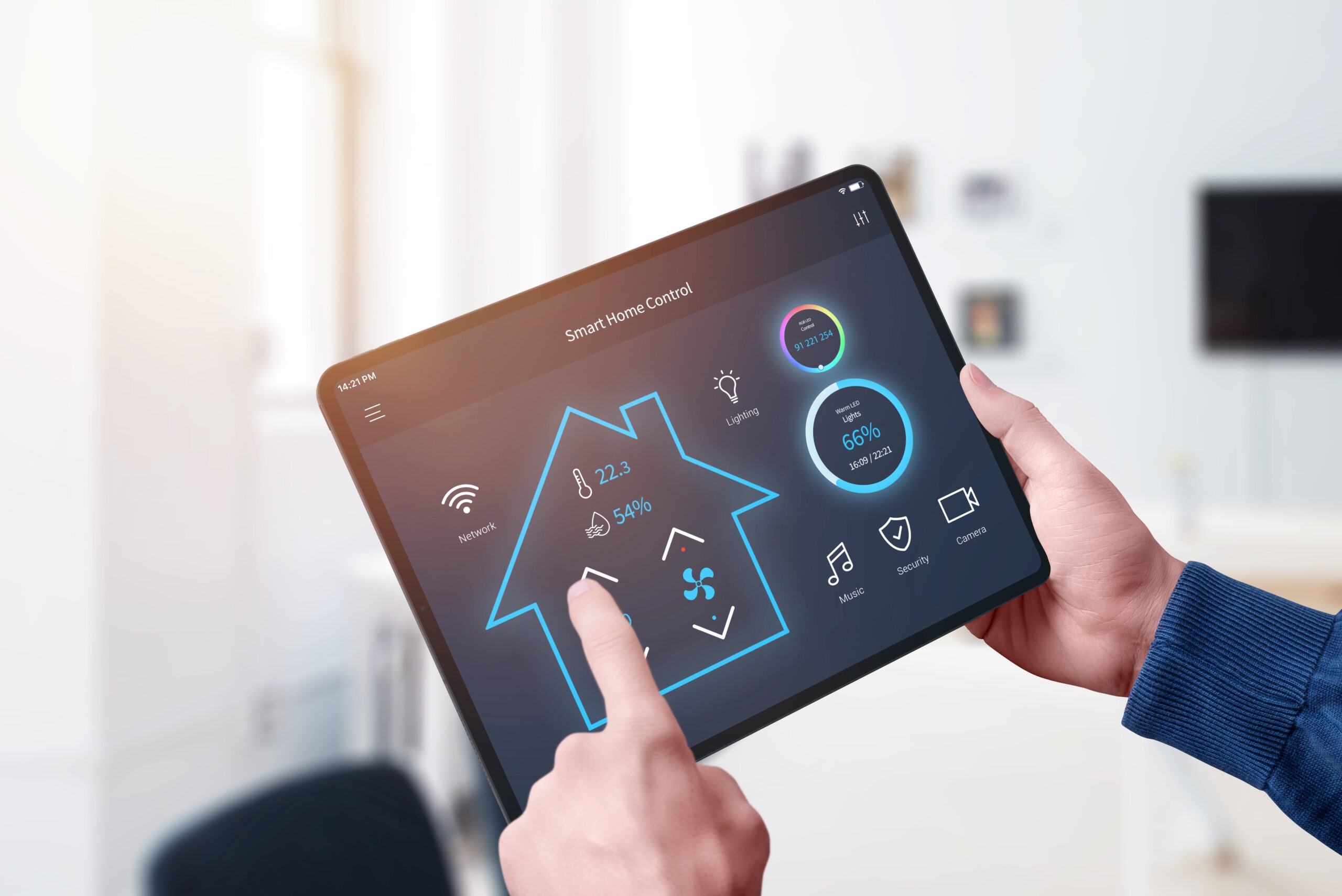In the face of advancing technology, the push for energy efficiency, and the pursuit of comfort and convenience, the future of heating and cooling is undoubtedly shifting towards intelligent automation.
Building Automation Systems (BAS), or the networked, automatic control of a building’s HVAC (heating, ventilation, and air conditioning) system, is no longer a concept of the future but a present reality. This movement towards automation spans across varying scales, from large commercial buildings to individual apartments using systems like PTAC units.
This article explores the world of building automation, its potential impact on cooling and heating, and why it is considered the future of smart environmental control.
Understanding Building Automation Systems
Building Automation Systems are integrated networks of software and hardware, designed to automate the control of various building operations, including but not limited to heating, ventilation, and air conditioning.
Through a BAS, different subsystems of a building can interact seamlessly, working together to improve comfort, increase operational efficiency, and reduce energy consumption.
Whether it’s the vast network controlling a large commercial building’s climate or the smart controls of AC units in an apartment, automation adds a layer of intelligence that revolutionizes how we interact with our indoor environment.
In essence, a BAS can control and monitor a wide array of systems, including HVAC, lighting, security systems, and more. This not only optimizes energy usage and operational efficiency but also enhances the comfort and safety of building occupants.
The Impact of Building Automation on Heating and Cooling
The implications of building automation on heating and cooling are vast and transformative. By automating these systems, we gain unprecedented control over our environment, resulting in increased efficiency, improved comfort, and significant cost savings.
Energy Efficiency
One of the key benefits of building automation is the potential for significant energy savings. BAS allows for the precise control of heating and cooling systems, ensuring they operate at optimum efficiency. This means less energy waste, lower carbon emissions, and, crucially, reduced utility bills.
For example, consider smart PTAC units equipped with automation capabilities. They can optimize their operation based on ambient conditions and occupancy patterns, ensuring they only consume energy when necessary.
Over time, these savings can be considerable, reflecting the potent impact of automation on energy efficiency.
Improved Comfort
Building automation also enhances the comfort of building occupants. Automated HVAC systems can maintain precise temperature and humidity levels, creating a more pleasant indoor environment.
Further, with advanced features like adaptive learning, systems can even anticipate the needs of occupants, adjusting conditions for optimal comfort proactively.
Preventive Maintenance
A significant advantage of building automation lies in its predictive capabilities. BAS can track the performance of heating and cooling systems in real-time, identify anomalies, and predict potential faults before they become critical. With the help of commercial electrical services, Businesses can take proactive steps to maintain system efficiency to avoid costly repairs.
This helps facilitate preventive maintenance, prolongs the lifespan of the system, and prevents costly and inconvenient breakdowns.
The Integration of Building Automation and IoT
The Internet of Things (IoT) has played a pivotal role in propelling building automation to new heights. IoT connects multiple devices and systems, allowing them to communicate and share data. When applied to building automation, this connectivity brings about remarkable improvements in efficiency, flexibility, and user experience.
For instance, IoT can facilitate the integration of various systems within a building, from HVAC equipment to lighting and security systems. This interconnected network can function as a unified system, optimizing performance across the board.
Moreover, IoT enables remote access and control, meaning you can adjust your AC settings from anywhere, using a smartphone or similar device.
The Role of Artificial Intelligence in Building Automation
Artificial Intelligence (AI) is another game-changing technology that’s set to redefine building automation.
AI can analyze vast amounts of data, learn from it, and make intelligent decisions. When integrated into a BAS, it can optimize the operation of heating and cooling systems, learn from usage patterns, and make predictive adjustments to enhance comfort and energy efficiency.
Conclusion
Building automation is a powerful tool that’s changing the way we heat and cool our buildings. From improved energy efficiency and enhanced comfort to predictive maintenance and seamless integration with IoT and AI, the benefits are substantial and wide-ranging.
As technology continues to evolve, systems from large-scale HVAC networks to individual PTAC units are becoming increasingly smarter, more efficient, and more user-friendly.
Building automation, in essence, represents the future of smart cooling and heating, paving the way for a more sustainable, comfortable, and technologically advanced built environment.

